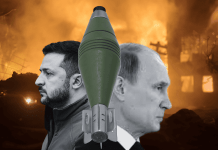India is looking for multi-role naval fighters for its newly developed aircraft carrier, IAC-1, which will be called INS Vikrant once it enters service with the Navy. The country’s first indigenous carrier is currently undergoing sea trials.
1st Time Since Cold War – China’s Stupendous Rise As A Naval Power ‘Very Alarming’ That Threatens US Dominance — New Report
The Indian Navy is keen on acquiring a twin-engine aircraft as a replacement for the MiG-29Ks that are currently being operated from INS Vikramaditya.
Boeing’s F/A-18 E/F Super Hornet and Dassault’s Rafale-M, the naval variant of the multi-role fighter, are going head-to-head in the race to provide the Indian navy with carrier-borne warplanes.
The Navy has already conducted flight testing of Rafale fighters at the Shore Based Test Facility at INS Hansa in Goa. This was a part of an exercise to determine which aircraft will suit the 40,000-tonne INS Vikrant the best. The carrier is expected to be commissioned in August 2022.
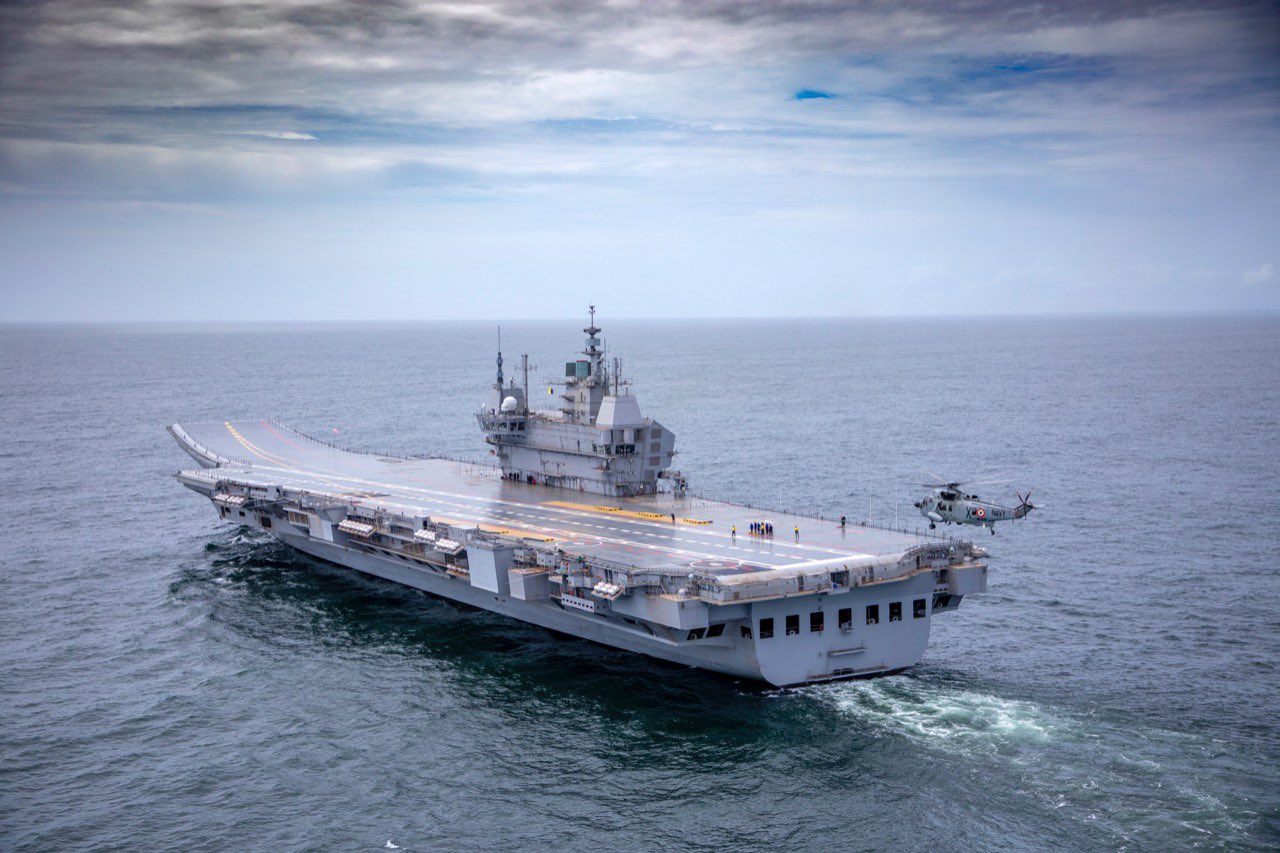
After the French Rafale M’s (Marine) operational demonstration in Goa, the US has offered to follow suit in March. Boeing, the manufacturer of the Super Hornet, has said that all technical requirements of the Indian Navy will be met.
Customized For ‘High-Altitude’ Warfare Against China & Pakistan, Indian Air Force Receives More Rafale Fighters
Super Hornet Vs Rafale-M
Surendra Ahuja, the managing director of Boeing Defense India, was quoted as saying that the company “has developed a capability specifically for the F/A-18 Super Hornet that will allow for the faster movement of the aircraft between the flight deck and hangar deck without having to remove or modify any part of the aircraft”.
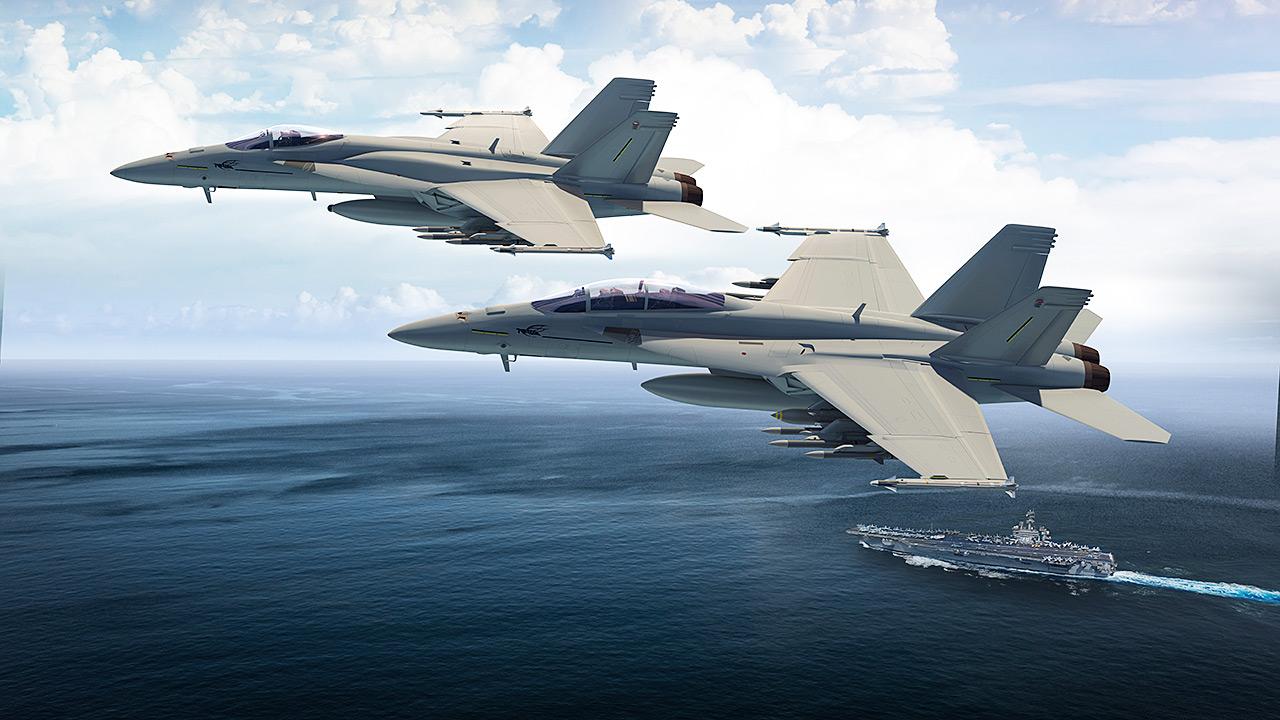
Ahuja, himself a former Indian Navy test pilot, further noted that the jet will be able to fit the elevator onboard Indian carriers. This is a crucial requirement for the Indian Navy as the present design of the warships is suited for smaller aircraft like the MiG 29Ks. “This capability is compatible with the current elevator configuration aboard Indian aircraft carriers,” he stressed.
Furthermore, the US side has said that it has also shared important data collected during a shore-based test of the F/A Super Hornet from a ski jump, which was conducted in December 2020 in the presence of Indian Navy officials.
Boeing releases a video of the F/A-18 Super Hornet successfully performing a ski-jump launch. Says it demonstrates the Block III Super Hornet’s compatibility with Indian Navy carriers. pic.twitter.com/KHmrxy6o59
— Manu Pubby (@manupubby) December 21, 2020
Vice President of Boeing Defense, Alain Garcia, said that this “extensive data has been utilized to model the performance to demonstrate the ability of the Super Hornet to meet or exceed Indian Navy ski jump requirements ahead of Super Hornet’s operational demonstration that will be conducted in Goa within the next few months”.
For their part, the French have worked on the elevator problem and come up with a solution that requires removing a part of the wing of the Rafale before fitting it into the carrier elevator.
Will Rafale Beat Super Hornets?
The EurAsian Times spoke to two experts to find out which jet stands a better chance in the race between Dassault and F-18 Super Hornets.
According to Vice Admiral Shekhar Sinha (Retd), “With Rafale M shore-based demonstrations over the Naval Air Staff should be satisfied that basic requirements of preparation are well on the way.
Naval Test Pilots must be burning the midnight oil to draw graphs to explore the unexplored limits. They need to be ready for Super Hornet trials sometime in March. Not to be left far behind, Boeing may even be contemplating advancing their demonstration.”
The Admiral further noted that his “sense is that ease of fitment in the aircraft carrier lift and economy of scale could tilt the decision. For the government, the outgo is important whereas, for the manufacturer, it is the economy of scale.
It will be prudent from the buyer’s point of view to choose an aircraft for IAF and IN from the same stable to keep the costs, logistics, and life cycle cost within a manageable budget. That is one in hand is better than two in the bush.”
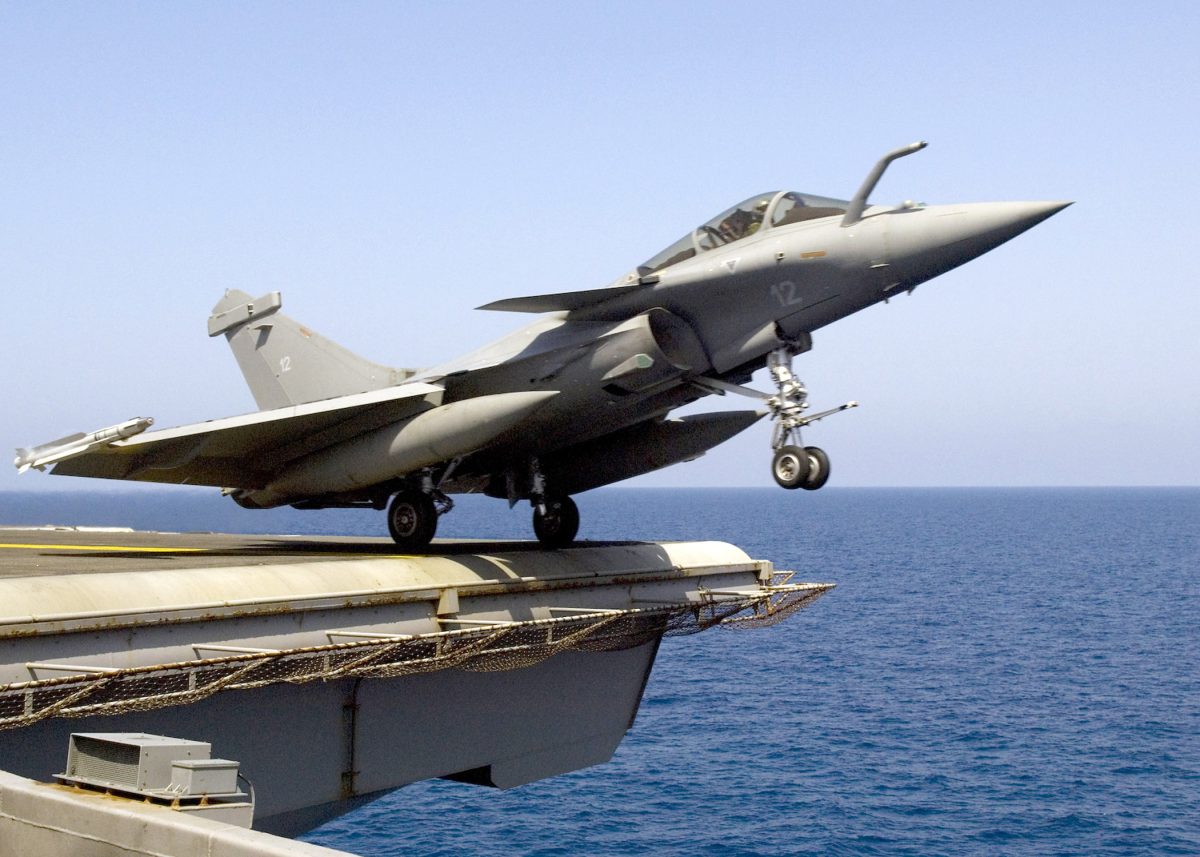
Sandeepa Divakar, an aviation expert who has worked for Airbus for nearly 12 years talked about Rafale-M’s chances. He noted that this aircraft stands a good chance owing to the platform’s battle-proven ability in Libya as well as the Indian Air Force’s familiarization with the platform.
He said that “the Rafale with its India-specific world-class weapons systems package from MBDA that include SCALP land attack, Meteor beyond the visual range air-to-air missiles, MICA multi-mission air-air missile, and Hammer air-to-ground missiles, will give unrivaled capability against the adversary. Thus, Rafale has given the Indian Air Force superior ‘Technological asymmetry against the adversary. A naval variant would be an extension of this in the busy Indo-Pacific.”
Divakar is of the view that the historical relationship between India and France in defense matters will also work in the favor of Rafale. “France has been a reliable and time-tested partner and with the ecosystem to support the existing Rafale fleet with trained personnel already present, and quite some experience already gained, the French fighter will provide the Indian forces with a ‘bang for their buck’. This will also give the Indian negotiators leverage in contract negotiations with Dassault, Safran, and MBDA.”
As an interesting addition, Divakar provided some insight into the geopolitical factors at play in this potential deal.
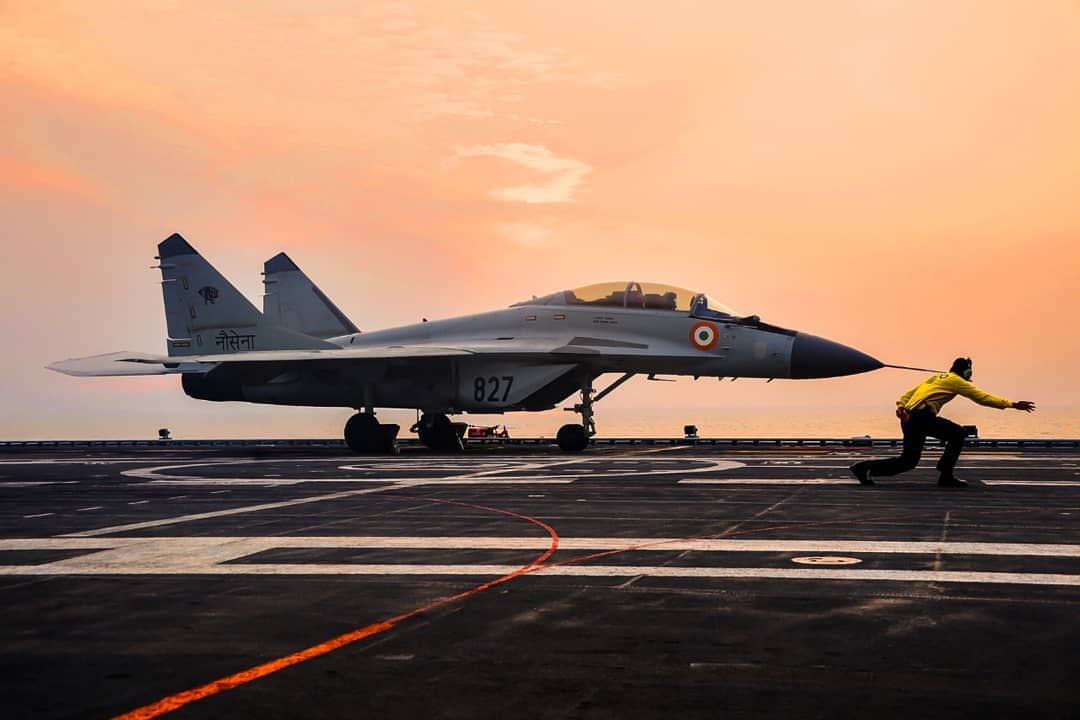
“Firstly, Washington is unlikely to share coveted capabilities/technologies with New Delhi even as India’s needs are quite pressing given the border situation with China. This observation further gains credence in light of the AUKUS announcements and the potential ramifications in the Indo-Pacific.
The fact that the US is sharing coveted capabilities or technologies with one Quad partner, that is Australia, but not the other [India], could pose questions about India’s own standing with the US.”
He believes that as new equations come into play due to AUKUS, India’s current nationalist government may “seek to determine agendas and control outcomes”. In such a scenario, there is a chance that India may use AUKUS as an argument to flex its muscles on strategic autonomy in defense-related acquisitions from non-US countries. The acquisition of the S-400 Triumf from Russia is a prime example of this.
The expert also noted that AUKUS undercutting France could raise questions on the United States being a long-term reliable and trustworthy partner of India. He also noted that India’s “bilateral ties and trade with French defense companies are likely to see an upswing as France fits perfectly within the Indian strategic & defense calculus and vice-versa.”
- Contact the author at: shreyya.mundhra@gmail.com
- Follow EurAsian Times on Google News



